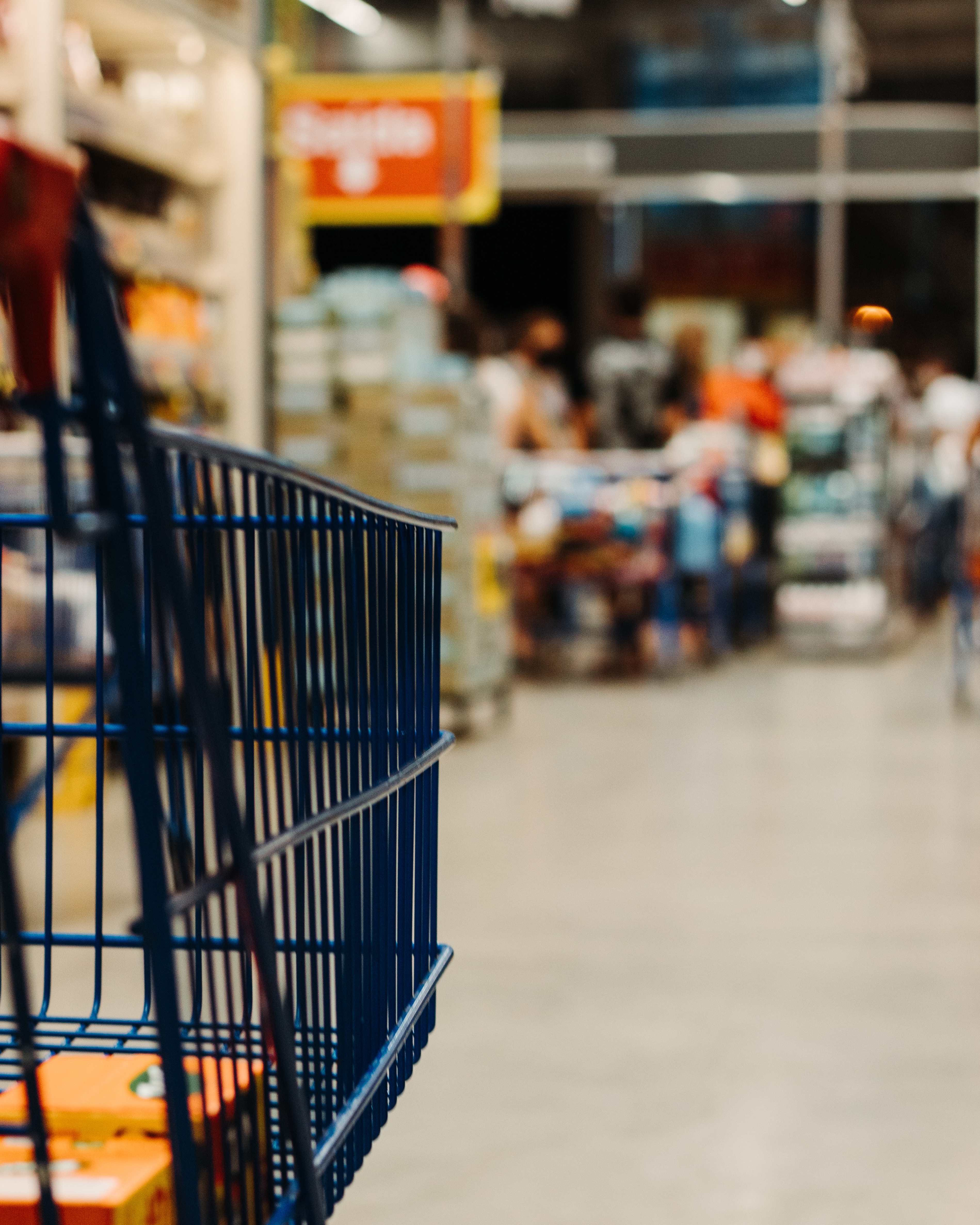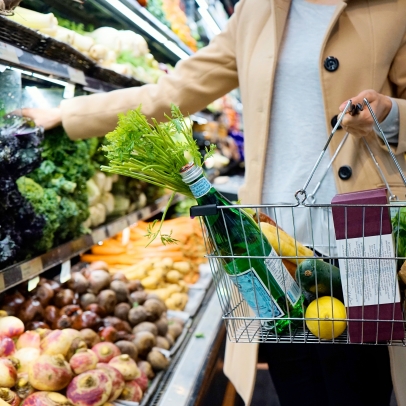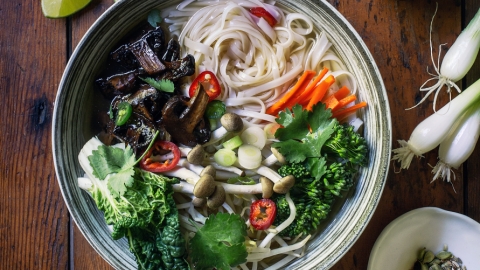Frugal Foodies
Life is full of changes; the last few years have been a perfect example of that. Although, if anything has been certain, it’s that the costs of food are not going down. Through the pandemic, many of us turned to growing our own food, getting our hands dirty and enjoying quality time in the garden. Yet even with supplementing our weekly shop with garden-fresh veggies, few of us have the space or time to grow all the food our families need. So, what is the trick to keeping healthy, delicious meals coming to our tables daily without breaking the food budget?
Being creative with our groceries and planning and thrifting food can help keep costs down, and helps use up all the food in the fridge. There is an amazing cookbook by a local author ca Waste Not Want Not – Save Food, Save Money and Save the Planet by Cinda Chavich. It started me on a journey of not just using up odds and ends that I thought were bound for the compost, but also keeping bellies full and costs low. When I shifted my perspective on thrifting food from scarcity—and needing to get food cheaply because I couldn’t afford the expense—to that of abundance and being blessed to find good food cheaply while making a tiny dent in preventing food waste, worry turned into excitement.
I love fresh produce and eating seasonally. I devour all the strawberries for the two weeks they are at their best, then move on to cherries, then blueberries, peaches, etc. I love visiting local farms to see what they have in bulk, or to find food that is just past its prime and needs to be used quickly. Farmers have worked so hard to grow incredible food for us; the last thing they want is to see it land in the compost. Mason Street Farm, Victoria’s Edible Nursery, or Cow-Op in the Cowichan Valley are a few places to learn about what is in season and get great produce.
At local farm markets and smaller locally owned grocery stores, asking for case discounts and inquiring on what they have in the back storage room is a great way to get your hands on beautiful produce (often bound for the compost) at a very reasonable price. In Victoria, The Root Cellar has case discounts on almost all their produce—just ask! I’ll often pick up a case of peppers, broccoli, corn, tomatoes by calling their grocery team and just inquiring about what they have on hand. The Root Cellar also has incredible “Dirt Cheap this Week” specials and double flyer Wednesdays, where last week’s flyer and next week’s flyer are both active. It's a great way to support an independent local grocer and get quality produce for reasonable pricing.
We invested in a deep freeze a few years ago, so I’ll blanch and freeze carrots, broccoli, cauliflower and corn in season to put away for the winter. Berries I turn into jam, sauce, popsicles or just freeze whole on cookie sheets and then transfer to bags. I’ll add a handful of the juiciest berries to smoothies in the winter for a taste of summer in a glass. For berry pies, four cups of berries thickened up with some cornstarch is the perfect amount for a nine-inch pie, so I’ll pre-measure the berries into freezer bags. When I have an inevitable craving for my favourite blueberry custard pie in winter, it’s easy to put together and doesn’t require a pricey trip to the store.
Adding tech to the picture, there are few great apps that are popping up focused on preventing food waste by getting more good food into home fridges. It seems crazy that 2.5 billion tonnes of food is wasted each year, yet that’s the reality. Flashfood and Too Good To Go are two apps that work to prevent food waste by sharing food at a deep discount. Too Good To Go is specifically focused on surplus food that will be going to waste. They work with restaurants as well as grocery chains and offer surprise bags of food at less than a third of the original costs. It’s simple to use: download and search for what is available in the area—everything from bread and pastries from local bakeries to ready cooked meals from restaurants is offered. Flashfood partners with large grocery chains. Search by location to see all the deeply discounted food available to purchase right in the app. Then head to the store and confirm the purchase at the customer service desk and pick up your food.
Once I’ve picked up my surprise orders and looked through what’s available on Flashfood, I make a meal plan for the week using my recipe books, favourite blogs and Eat Your Books, a resource that pulls cookbook indices into one place, making them searchable. By typing in chicken and broccoli, for example, the book, recipe title and page number for all the recipes using those ingredients comes up, ensuring my cookbooks don’t collect dust. Once my meal plan is done, I use apps like Flip, which aggregate all the local flyers to search for what I need. This helps consolidate trips to the store, save on gas and ensures I’m not shopping for things I don’t need.
Leftovers are loved in my house. Grilled veggies are added to sandwiches. Beans or root vegetables are mashed up and turned into veggie burgers. Milk that’s about to expire is turned into Ricotta, or Mascarpone, or frozen to use in baking later. Homemade buttermilk lives in a glass milk bottle, for Saturday morning pancakes. Casseroles, stews and soups are very forgiving when it comes to what is added, and changing up the spice combinations completely changes the outcome. A cream sauce with some pasta added and breadcrumbs on top and I’ve created lovely variation of mac & cheese; tomato and stock-based sauce with mashed potatoes on top transforms it into a Shepherd’s Pie. Bones and veggie scraps are turned into stocks and frozen, or made into a delicious pho. Rice noodles and a few crisp bean sprouts to top a ginger, lemongrass and anise spiced stock, filled with leftover veggies is comfort food in a bowl. It’s one of our favourite weeknight meals when we want to keep the fridge clean, use up leftovers and ensure as little as possible is wasted.






